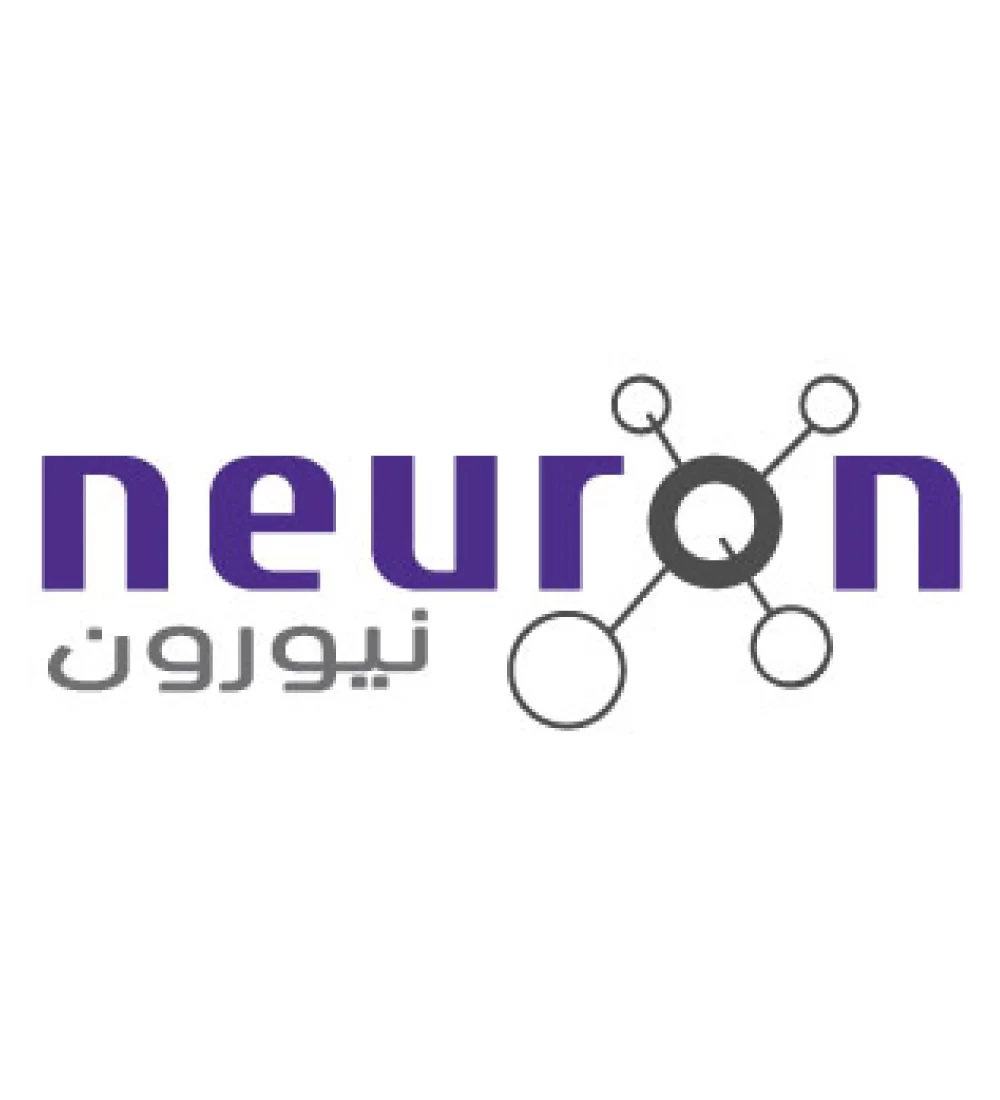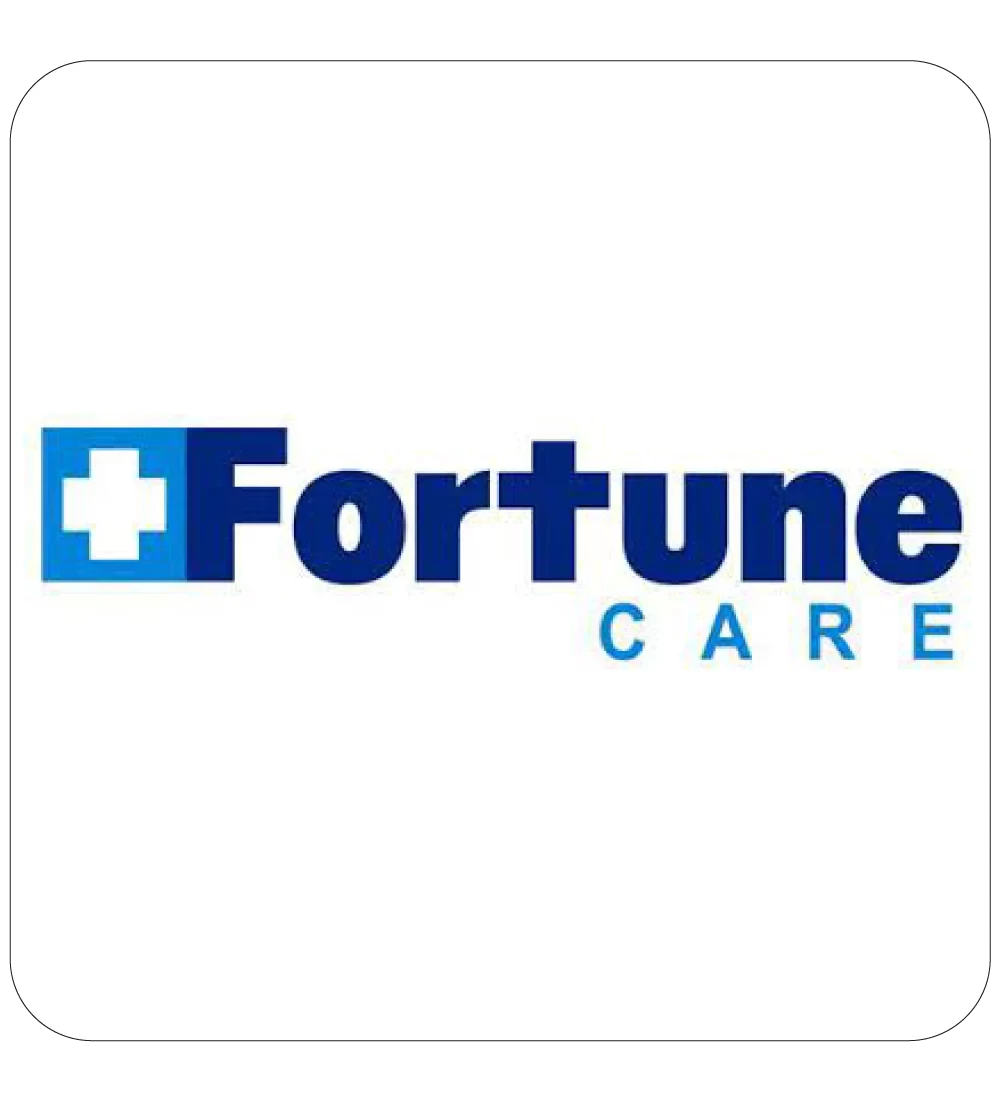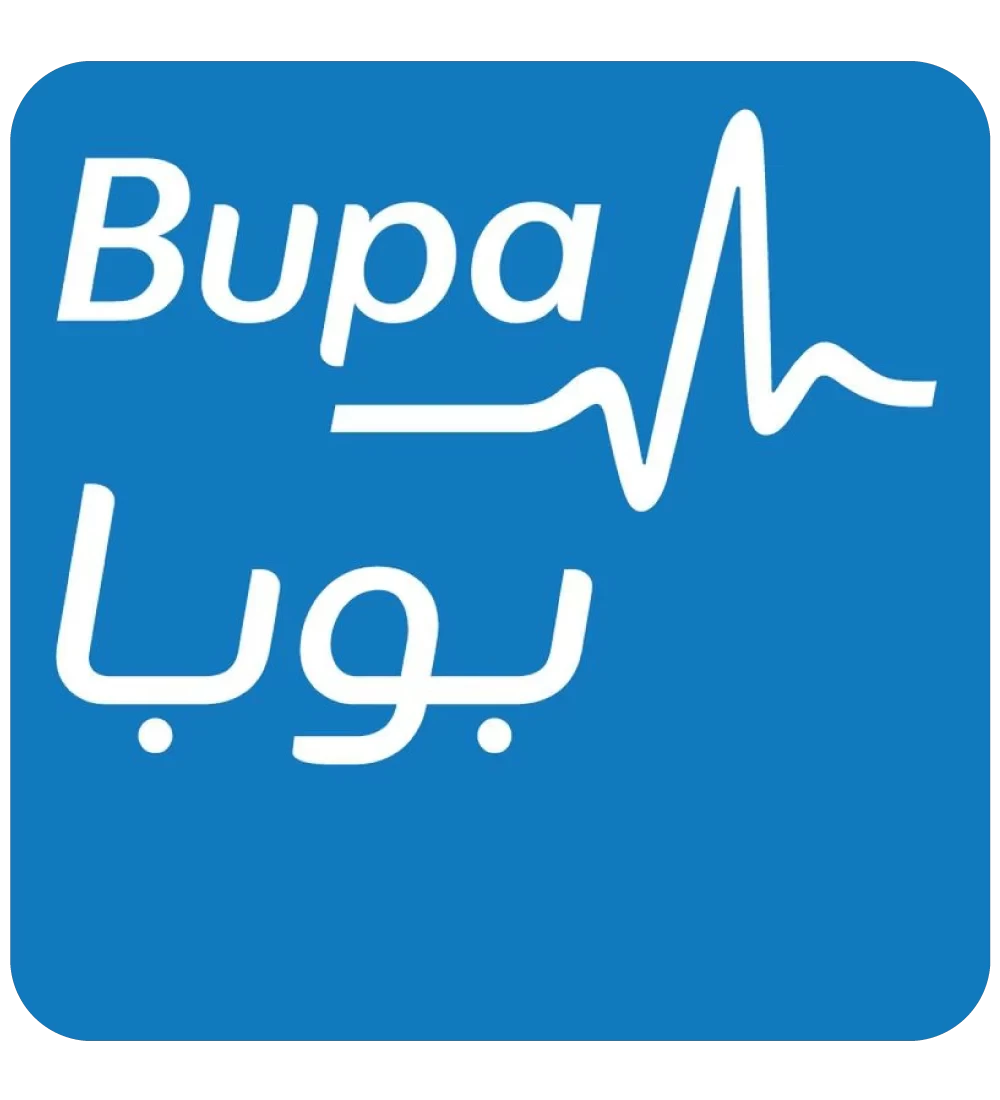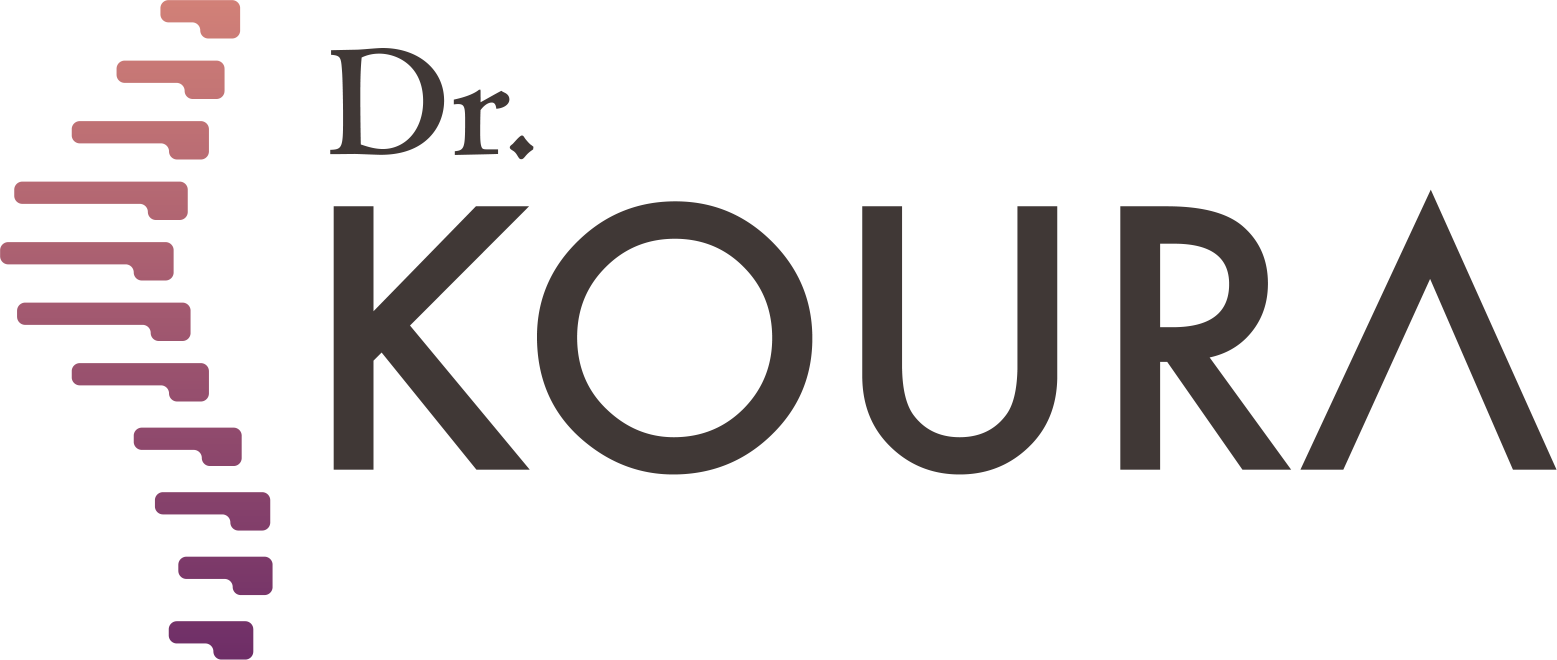
To see patients' reviews
Click hereTreatment of knee roughness
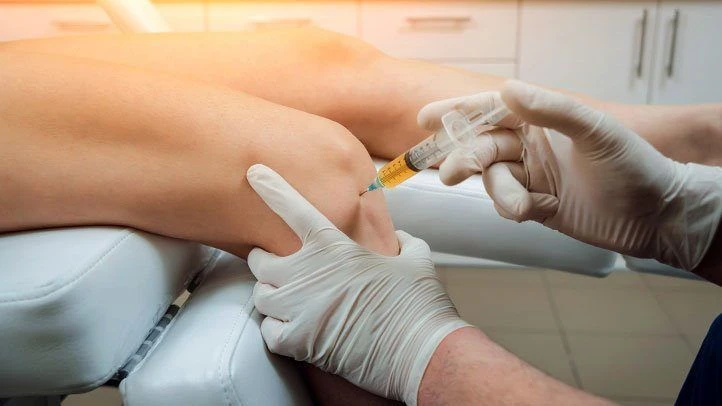

Knee Pain: Causes, Treatment, and Modern Solutions
Some people experience knee pain at certain stages of life, often caused by various factors, with the most common being knee osteoarthritis or joint friction. The pain frequently intensifies during intense physical activity. Many resort to creams or oral medications for temporary relief, but ignoring proper treatment can worsen the condition.
This article will cover:
- Methods for treating knee osteoarthritis.
- Causes of knee friction.
- Early signs of osteoarthritis.
- Non-surgical treatments for knee pain.
Common Causes of Knee Pain
The knee, the largest movable joint in the body, consists of the femur, tibia, and patella, allowing forward and backward leg movements. Cartilage plays a key role in smooth motion by covering the joint and producing synovial fluid. Muscles and ligaments stabilize the knee, while meniscal cartilage absorbs shocks.
Knee osteoarthritis occurs when the cartilage covering the joint surface wears down, leading to cracks and fissures that cause pain.
Key Causes of Knee Friction
- Excess weight, especially in postmenopausal women.
- Aging.
- Intense sports activities.
- Injuries affecting cartilage or surrounding muscles.
- Autoimmune deficiencies.
- Rheumatic diseases.
Treating Knee Osteoarthritis
Several behavioral and non-pharmaceutical treatments are recommended, particularly in early stages, including:
- Cold or warm compresses: Reduce inflammation, swelling, and increase blood flow for faster recovery.
- Weight loss: Alleviates pressure on knees and joints.
- Regular exercise: Strengthens muscles, reduces joint pressure, and enhances blood circulation.
- Physical therapy: Focuses on muscle strengthening and improving joint mobility under specialist supervision.
- Topical creams and patches: Containing menthol or camphor, they enhance blood flow to the affected area and accelerate healing.
These methods are particularly effective in early stages, often delaying the need for advanced medical interventions.
Knee Osteoarthritis Treatment with Injections
Injection therapy involves drawing blood, separating plasma, and injecting it into the affected area to promote repair due to the high concentration of healing substances in the plasma.
PRP Injections (Platelet-Rich Plasma)
PRP injections are among the most advanced methods for treating joint osteoarthritis. They contain proteins that stimulate cartilage regeneration and reduce knee pain.
Steps for PRP Injection Treatment:
- Blood sample collection: A sample is taken from the patient, with the quantity depending on whether one or both knees are treated.
- Plasma preparation: The sample is processed in a lab to isolate platelet-rich plasma for treatment.
- Injection process: The plasma is directly injected into the knee joint using advanced imaging techniques under local anesthesia to ensure patient comfort.
Benefits of PRP Therapy:
- Improves joint function by stimulating cartilage repair.
- Reduces pain and inflammation naturally, avoiding major surgery.
- A simple, safe procedure completed quickly in an operating room.
Additional Knee Osteoarthritis Treatments
Medication-Based Treatments:
Effective in moderate to advanced stages, these options include:
- Pain relievers: Such as anti-inflammatory medications to reduce pain caused by joint friction.
- Corticosteroids: Used for pain relief in advanced cases until a suitable treatment plan is established.
- Long-lasting injections: Administered a few times annually for prolonged pain relief.
- Hyaluronic acid injections: Increase joint lubrication, improving movement and reducing friction.
Advanced Techniques:
- Radiofrequency Therapy: Uses local anesthesia and a specialized needle to reduce pain without complications.
- Stem Cell Therapy: Derived from abdominal fat, these cells can be modified to rebuild cartilage.
- Hyaluronic Acid Treatments: Advanced formulations offer long-lasting relief with high safety and efficacy.
Why Choose Dr. Mohamed Koura?
Dr. Mohamed Koura combines expertise with the latest therapeutic technologies, making him an ideal choice for treating spine and knee conditions in Egypt and the Arab world.
With cutting-edge techniques like radiofrequency and laser therapy, Dr.Koura offers non-surgical solutions for spine and knee pain \
Dr. Mohamed Koura is here to assist you using the latest therapeutic techniques, including thermal radiofrequency and laser treatments for spinal pain without surgery—book your appointment now from here.
Why Choose Dr. Mohamed Koura ?
Simply because he is the best doctor in his feild. He stays updated on the latest treatment technologies through his participation in various international conferences with leading foreign doctors and experts. Finally, and most importantly, Dr. Mohamed Koura is the best doctor in Egypt and the Arab world, possessing 12 non-surgical techniques for treating spinal and joint problems. He was the first to introduce modern interventional treatment techniques in Egypt & the Middle East and is the only one using the disc fx technique to treat spinal pain.
To see patients' reviews
Click hereCertainly not, some cases must be treated surgically, and the most appropriate technique for the patient is determined through a medical examination and the presence of imaging studies.
No, it is necessary to make a reservation through a phone call or social media messages.
There are no risks or side effects associated with non-surgical pain interventions.
The patient needs only 3 to 4 days before they can travel comfortably, and the hospital stay does not exceed 6 to 8 hours.
A condition cannot be accurately assessed and a proper medical diagnosis made without a medical examination and recent imaging studies.
Yes, there are several payment methods available through Visa or electronic wallets by making a reservation on our website.
Certainly, obesity is one of the causes of knee osteoarthritis.
Radiofrequency activates the nerve and does not cause any damage to it.
Non-surgical interventions are a definitive treatment for some cases and pain relievers for other cases, which is determined by the doctor through a medical examination.
If the herniated disc is fully treated, there is a possibility of it reoccurring in some cases, such as not following the doctor's prescribed instructions after the intervention, experiencing an accident, or making a sudden wrong movement like lifting heavy objects.
The entire disc is not removed due to the presence of several risks and it may exacerbate the condition. Only the protruding part that causes pain is removed.
This cannot be done with radiofrequency, but it is performed through other techniques that Dr. Koura conducts.
The success or failure of non-surgical interventions cannot be judged through radiographic imaging because these procedures involve making subtle changes to critical parts to address the issue. Consequently, they do not produce significant changes to avoid potential complications in the future or damage to the spine and joints, which is our primary goal.
Spinal stenosis does not typically cause sciatica. In most cases, disc herniation is what may lead to sciatica. This does not necessarily mean that a patient with sciatica will also have spinal stenosis.
Sciatica may return if the patient does not adhere to the medical instructions provided by the doctor or in the event of an unexpected accident.
A life without pain without surgery
Once you book with Dr. Koura
Get rid of pain with just one call.. Book your appointment now with pain Management consultant Dr. Koura.
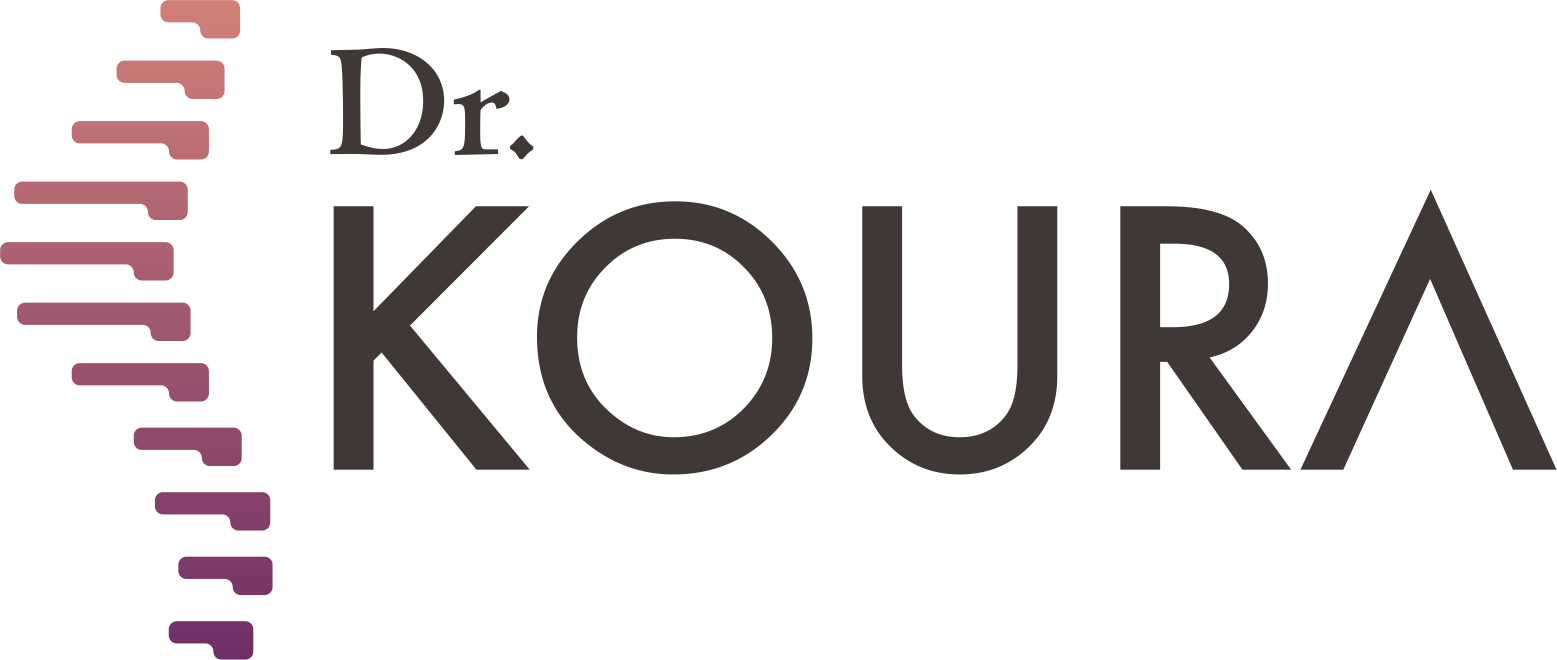





-webp.webp)




-webp.webp)







